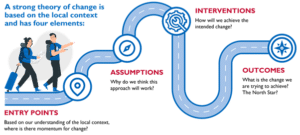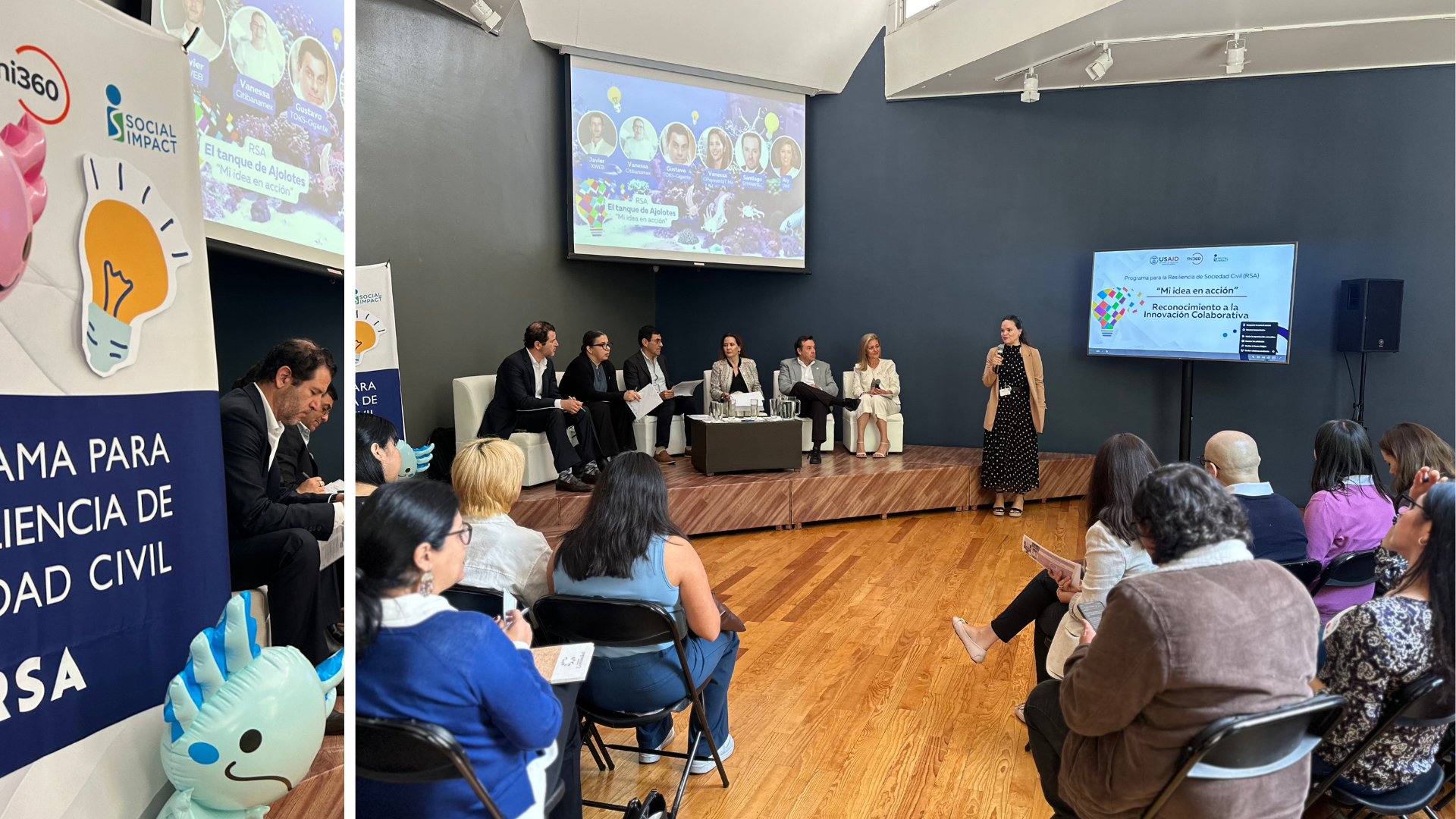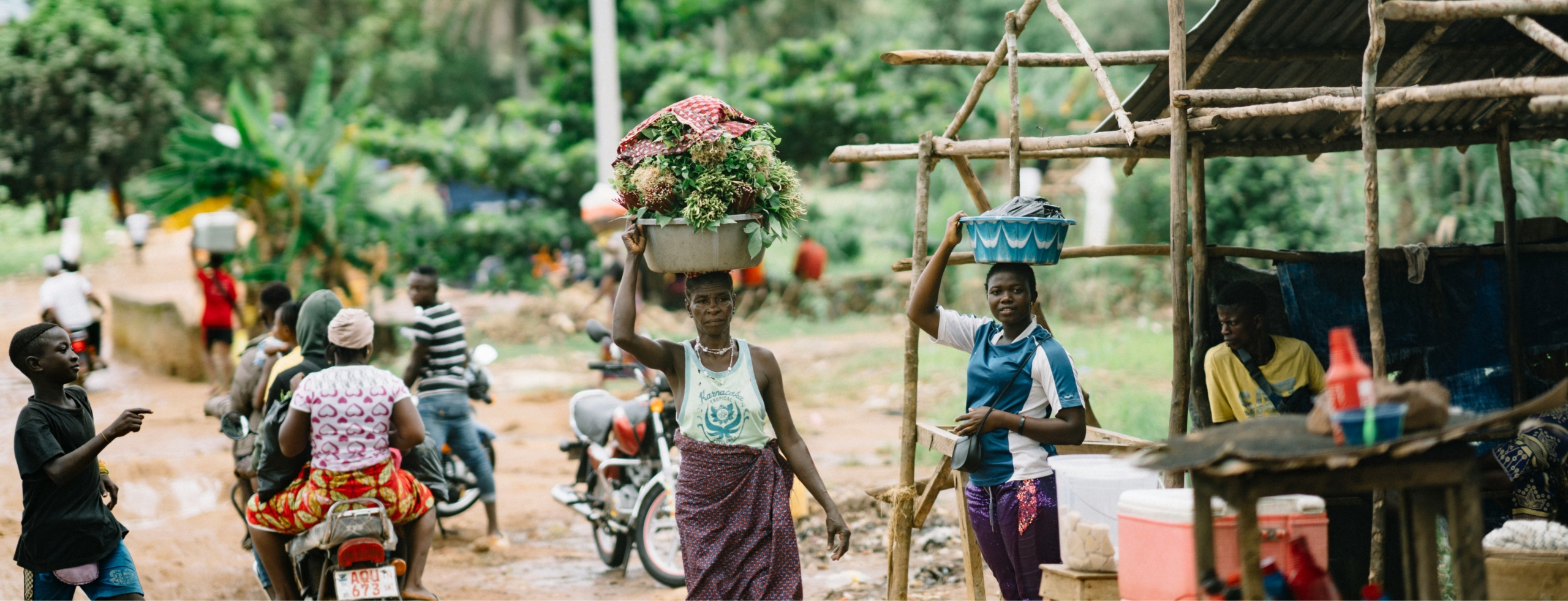By Monalisa Salib, Deputy Chief of Party for USAID Learns, a USAID/Vietnam support mechanism, implemented by Social Impact, Inc.
This two-part blog summarizes key messages from recent Theory of Change (ToC) training we co-hosted for USAID/Vietnam. Special thanks to Lane Pollack and Shannon Griswold from USAID’s Bureau for Policy, Planning & Learning (PPL) and David Fox from Asia Bureau for their collaboration in designing and delivering the training. This first post covers what it means to have a strong ToC. Stay tuned for the second post where we will discuss how we can use the ToC as a management tool during implementation.
In development programs, Theories of Change (ToCs) provide the roadmap for how we think we can create change – moving us from the current situation to our intended change, or North Star. They are foundational to USAID’s designs and solicitations and inform implementing partners’ proposals, work plans, and activity monitoring, evaluation, and learning (MEL) plans.
Despite their obvious importance in describing where we are headed and how we will get there, there is still a lack of shared understanding of what a strong ToC actually looks like. Too often, they are reduced to generic If–Then statements that pack a lot of concepts into one very long sentence. You might read one and think: “sure, that could make sense…I guess?” But it has no connection to a specific context, which is critical to inform what kind of change is possible and how to achieve it.
The ToC is both a process and a product. As a process, it enables groups to turn their understanding of the context into a viable approach for addressing a development challenge. That process results in two products that, together, constitute the ToC:
- ToC Narrative: A 1–3-page description of the context and four elements:
- Outcomes: What is the change we are trying to achieve?
- Entry Points: Where is there momentum to create that change?
- Interventions: How will we achieve the change?[1]
- Assumptions: Why do we think this will work?
- Logic Model: A visual representation of the narrative that hopefully simplifies its complexity. This visual can take any form (not just a traditional results framework).

Entry points are often the most overlooked element of a ToC, but they are what make it context-specific and realistic. Entry points are opportunities for change that have local support and momentum. In our work, we want to build on entry points to support local champions to achieve change that is important to them by considering:
- Where is there energy for change?
- Where are things already working that can be built upon?
- Where could we intervene that might have further downstream effects (known as a ripple effect or the butterfly effect)?
The entry point’s evil twin is the brick wall. These are changes that would face such intense resistance that there is likely no reason to pursue them. So it is equally important to ask: where are things stuck? This might help you identify brick walls and avoid investing resources in work that is unlikely to succeed based on the local context. An entry point in one context might be a brick wall in another.
Outcomes articulate our North Star, the overall change we want to achieve. Outcomes align with our activity or project purpose and might include changes at the level of local actors (behavior changes, new capacities) or more systemic shifts represented by changes in policies, resource flows, relationships and roles of actors within that system. For sustainable change, outcomes should be defined and valued by local stakeholders.
It can be a challenge we face to articulate outcomes rather than outputs. Outputs reflect the interventions undertaken to create that change, and are tangible, often immediate and within the direct control of an implementing partner or USAID itself. Meanwhile, outcomes represent progress towards achieving the sustainable shift we intend to catalyze, they are often harder to measure, happen over a longer time period and require varied interventions. Hopefully, our interventions (that generate outputs) yield outcomes, but that hope is at the very core of our ToC, and also full of assumptions.
Assumptions reflect our understanding of the context (i.e., how likely things are to change) OR of how interventions might create change in that context (i.e., if we invest in X, Y and Z actions, a particular change in the development landscape will happen). Therefore assumptions must be context-specific, NOT passive or generalized. In other words, “Political stability is maintained” is less helpful than something more specific like “Reducing illegal fishing near coastal lines will result in healthier sea grass beds”. The first statement is vague with respect to the context and is silent on how political stability might affect our work. The latter speaks to the relationship between the action and the reaction. The more explicit we are up front about those relationships, the easier it will be to know if we are on track (or not) during implementation.
Interventions are the actions we will take to move from entry points to outcomes. Interventions are what we do day-in, day-out, how we spend our project time, resources, and expertise. They are often the easiest to identify and describe in a design document or work plan. Yet if we jump to interventions without contextual analysis and a robust ToC development process, it is harder to establish the right ‘fit’ between the local context and the interventions needed to get to our desired outcomes.
We have annotated these strong TOC examples, identifying the four ToC elements.
The process of developing the ToC is arguably more important than the resulting products. The real magic happens during our collaboration with colleagues, local stakeholders, and other partners: we learn from various perspectives on the challenge, entry points, and anticipated outcomes. These conversations are synthesized into the ToC narrative and logic model, but nothing can replace bringing stakeholders together around a shared vision and approach. And ultimately, this collaborative, intentional process leads to strong products. If you’re interested in learning more, see this blog on a step-by-step process for ToC development.
Now What? Here are our top suggestions for putting these ideas into practice:
- First, in your next activity design or start-up process, be intentional about the process for developing a strong ToC. Getting beyond the If–Then statement to include all four elements might take more time, or it might simply mean the design and/or implementation team spends its time differently to get to that stronger product.
- At the same time, remember that it’s a theory, a work in progress, and something that will never be perfect. For any activity already underway, create opportunities to review and refine the ToC to strengthen its usefulness as a management tool, such as through pause and reflect practices tied to work planning. We talk more about that in Part 2 of this blog , “How can we use the ToC as a management tool?”
- Actively involve local stakeholders in the ToC development or review process. In the spirit of local ownership, move beyond surface level or after-the-fact consultation to provide real space for local stakeholders to be decision-makers on the ToC so that they own and carry it forward.
Cover Photo Credit: DNY59, Getty Images
[1] Note that USAID design teams may not include interventions in their theories of change in solicitations or design documents; instead, the interventions may be left to the offerors to outline or further detail during implementation.








